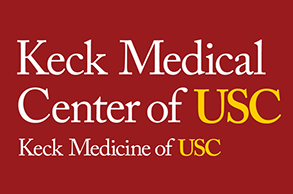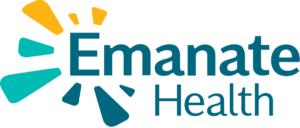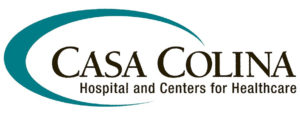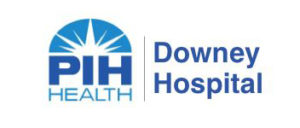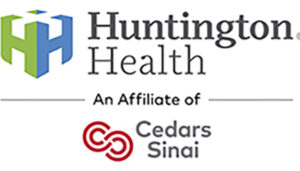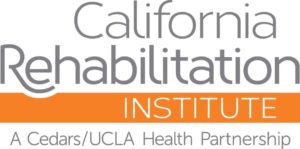Feature
One Year Later: Lessons from the Front Lines of the Pandemic
Thoughts on leadership, stepping up when needed, and communicating with our patients' families
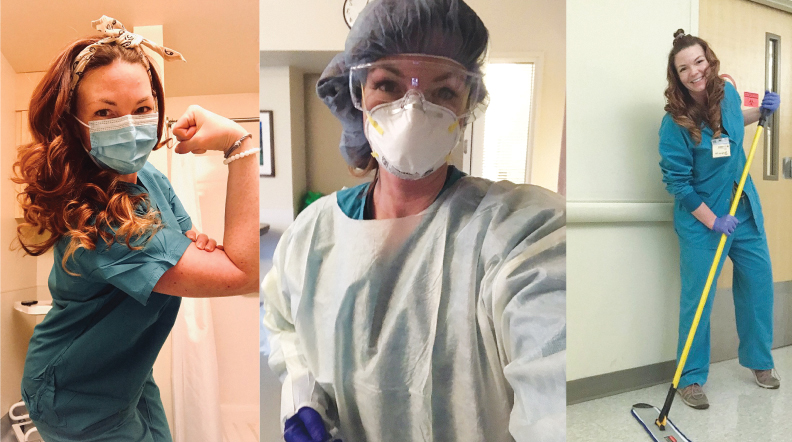
Editors’ note: Tiffany’s column “Nursing on the Front Lines of COVID-19” was published in March 2020. It detailed her experience as an ICU nurse in Washington State, treating the first coronavirus patients in the country. This is her follow-up to that account.
“525,600 minutes. How do we measure, measure a year?”
— “Seasons of Love,” RENT
How do we measure 2020 — the Year of the Nurse, and the first year of the COVID-19 pandemic? It would be easy to add up the painful memories, the damage and the myriad ways in which we’ve suffered. That’s valid; we need to honor our suffering.
However, as nurses, it’s just as important for us to measure the ways we’ve grown from our mistakes and hardships. Here are a few of the lessons I’ve learned after 525,600 minutes on the front lines of the pandemic.
Lean on Experience
Last March, reality barreled through our medical ICU like a runaway train as we admitted our first COVID-19 patient. The clinical educator distributed PPE and detailed the protocols for its use, droning, “Sanitize, first pair of gloves, gown, second pair of gloves.”
Anxiety surged in my solar plexus as I stretched the blue surgical glove over my fingers, a thin barrier against an unexpected, poorly understood disease. My fear must have shown, because my colleague, a soft-spoken nurse in his 50s, placed his hand on my shoulder and whispered, “I’ve been through scares like this. Trust me, we’re going to be OK.”
He reminded me that just a few decades ago, the world faced another deadly viral crisis: AIDS. Feeling like a beginner all over again, I turned to the calm presence and clinical competence of the seasoned healthcare veterans around me, leaning on their wisdom.
We sometimes overlook senior staff when technologically savvy, adrenaline-driven fresh recruits enter the scene, but our elders’ experience and resilience are irreplaceable. These veterans have adapted to industry transformation and weathered many crises. They’ve seen it all and survived.
Embrace the Novice
As the COVID-19 patient census surged around the nation, staff recruitment was frantic. We called for all hands on deck, and our department was soon brimming with new hires, travelers, and even new grads. With precious little time to get to know our colleagues, we had to trust each other’s qualifications.
Travelers may need a little orientation to a new ward, but they easily adapt and bring a fresh perspective. Novices might be at a chronological disadvantage, but are full of potential, reinvigorating an exhausted crew.
The past year has been a pointed reminder that the old-school mentality claiming that nurses “eat their young” doesn’t serve us and never has. Those who can’t or won’t foster an open-minded reception and help newcomers succeed will only create unnecessary struggle for everyone.
“Not My Job” Is Not an Option
Nurses are resourceful agents of change. However, we can also be … well … a bit territorial and prideful about our jobs.



